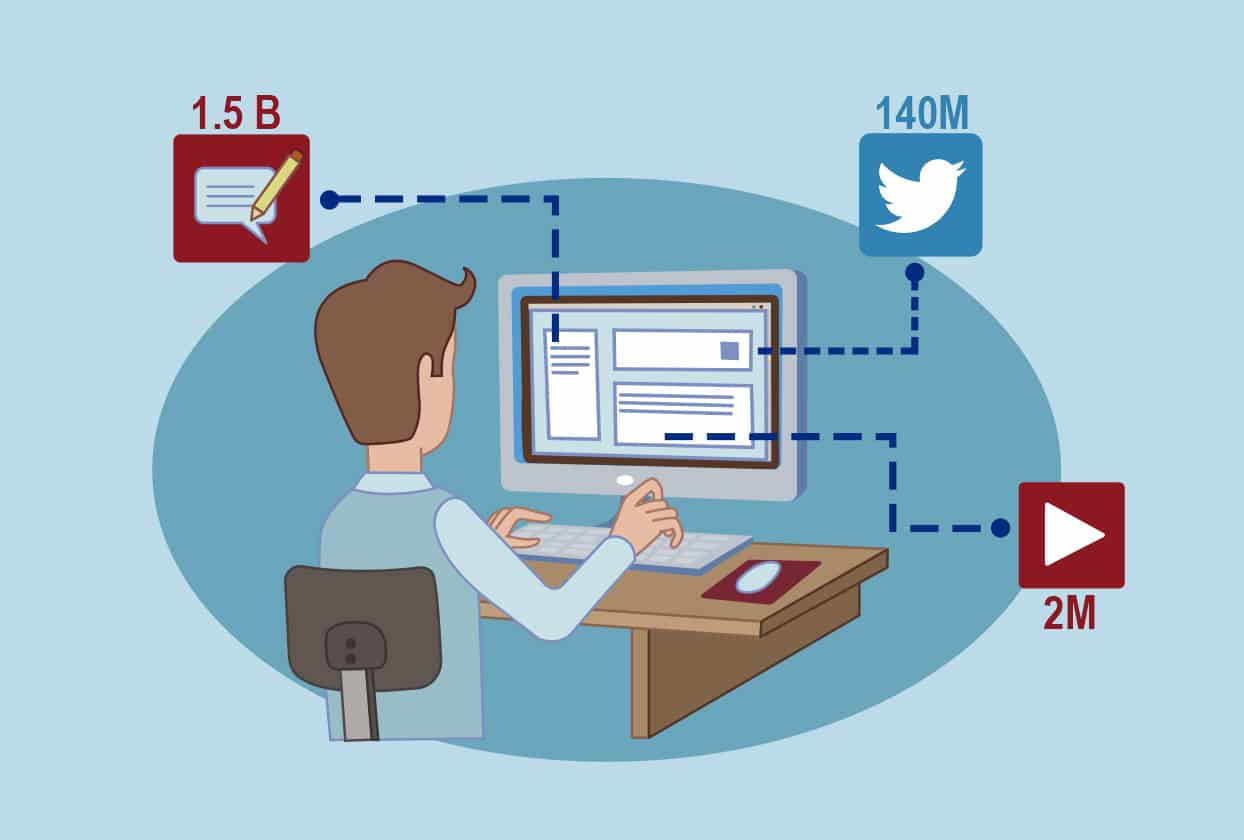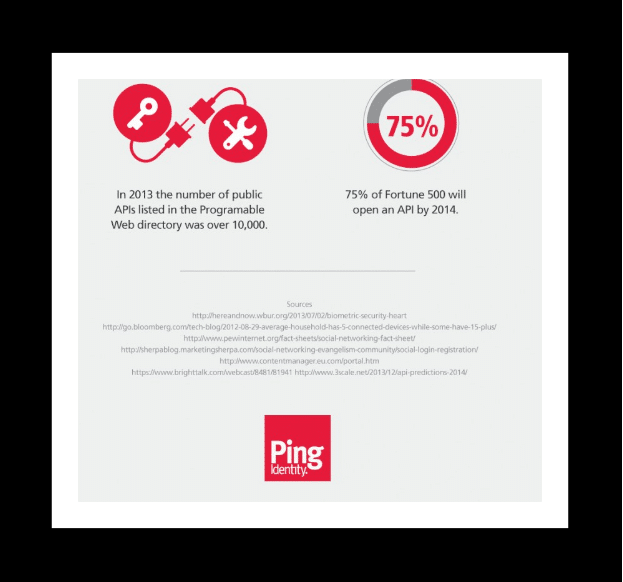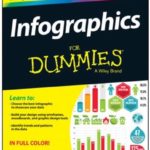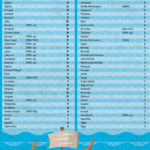Infographic marketing has exploded in popularity over the past few years. Did you know infographics & link-building go hand-in-hand in effective content marketing?
From social video ads to whiteboard animations to infographics, visual content makes it simple to present a massive amount of information in an easy-to-understand manner. But Creating infographics and other types of visuals is only half the battle when it comes to effective digital marketing. Link-building has become crucial to increasing the search engine optimization (SEO) value of your visual marketing efforts.
Here at IGW, we specialize in visual marketing. You may know know it, but we’re also linkbuilding specialists. We’ve put together this guide on earning backlinks through infographics to help you drive results with your online visual marketing campaigns.
The Benefits of Using Infographics for Link-Building
Infographics are versitile. For example, they be long or short. It all depends on how much information you want to share. Check out the images below to see just how different infographics can be.
On a daily basis, humans create:
- 1.5 billion pieces of content
- 140 million Tweets
- 2 million videos
With so much data floating around us, it can seem overwhelming when trying to make sense of it. Infographics give marketers a way to organize and present large amounts of information in a condensed but thorough manner.
Infographics combine text, graphics, and design. They serve as a visually compelling form of communication. According to Barbara M. Miller and Brooke Barnett, two professionals at the School of Communications:
“On their own, text and graphics are both useful yet imperfect methods for communication. Written language allows an almost infinite number of word combinations that allow deep analysis of concepts but relies heavily on the reader’s ability to process that information. Graphics may be easier for the reader to understand but are less effective in communication of abstract and complicated concepts. … combining text and graphics allows communicators to take advantage of each medium’s strengths and diminish each medium’s weaknesses.”
To put it simply — infographics give marketers a way to effectively present information while appealing to a diverse range of learning styles. If you want your information to stick, you need to present it in an infographic.
Top 9 Reasons to Use Infographics

- Have viral capabilities
- Increase brand awareness
- Improve site traffic
- Give SEO advantages
- Showcase your brand as an expert
- Provide global coverage
- Are portable/embeddable
- Easy to scan and view
- Are compelling and attractive
Another reason to use infographics for link building is because people love sharing them. This means infographics provide an optimal opportunity to acquire links. Many marketers like infographics because they provide a good avenue between traditional marketing and what’s considered to be manual link building.
Before we dive deep into learning how to build links with infographics, you first need to understand that it seems everyone has jumped aboard the infographic bandwagon. From 2010 to 2012 alone, there was an 800% increase in the number of searches for infographics on Google. For brands, this gives you a pivotal marketing platform to build off of. On average, you can increase traffic to your site by at least 12% by using infographics.
But to acquire links that improve the SEO value of your infographic, it needs to be better than all of the others already published on the internet.
The first step in acquiring quality links for an infographic is creating one that will actually attract such links. Here’s a quick overview of how to design an infographic that attracts quality links.
What Does an Effective Infographic Look Like?
First and foremost, your infographic must showcase credible data. While graphics and design are definitely important to creating a good infographic, the data being presented must come from authoritative sources. The data must also be current. After all, there’s nothing worse than looking at a really neat infographic only to get to the bottom of it and realize the data you were reading about was from 15 years ago.

One of the worst things you can do that will hinder your ability to acquire backlinks for an infographic is presenting too much information. Your audience wants to look at your infographic because they want an easy-to-understand way to digest the message you are sharing. Just because an infographic has a lot of white space doesn’t mean you have to fill it with more information. More often than not, less is more when it comes to an infographic. A professional design team will know exactly how to present a large amount of information without overwhelming the audience.
All designs need to be harmonious, and the infographic should tell a story. To achieve harmony, make sure that the font and color scheme stay constant throughout the entire infographic. You can use more than one font, but if you use a certain type of font in three boxes, make sure you use the same in any other boxes. Charts and graphs can represent different pieces of information, but they should stay in the same type of format.
Check out the snippet of the infographic below. It does a great job at using the same fonts and color scheme so as not to confuse the audience. It also leaves plenty of white space between sections and achieves a good flow from one section to the next.
Another important component to an infographic that acquires backlinks is the writing. Text should be kept to a minimum, but callouts and image captions are a must. You’ll also want to use subheadings to break up the infographic into different sections. And as with any type of content, visual or not, your infographic must have a catchy title to get backlinks. In fact, the title itself will largely influence whether anyone looks at it or not.
Make sure to always list your sources at the bottom of the infographic like in the example below.
Writing is also important for your infographic because you can use it to tell a story within itself. This writing can be published below the actual infographic or above it but not within it. The goal is to give a brief overview of the message being shared in the infographic, why you’re sharing it, how you collected your data, and why you came to the conclusions you came to.
Sharing Your Infographic
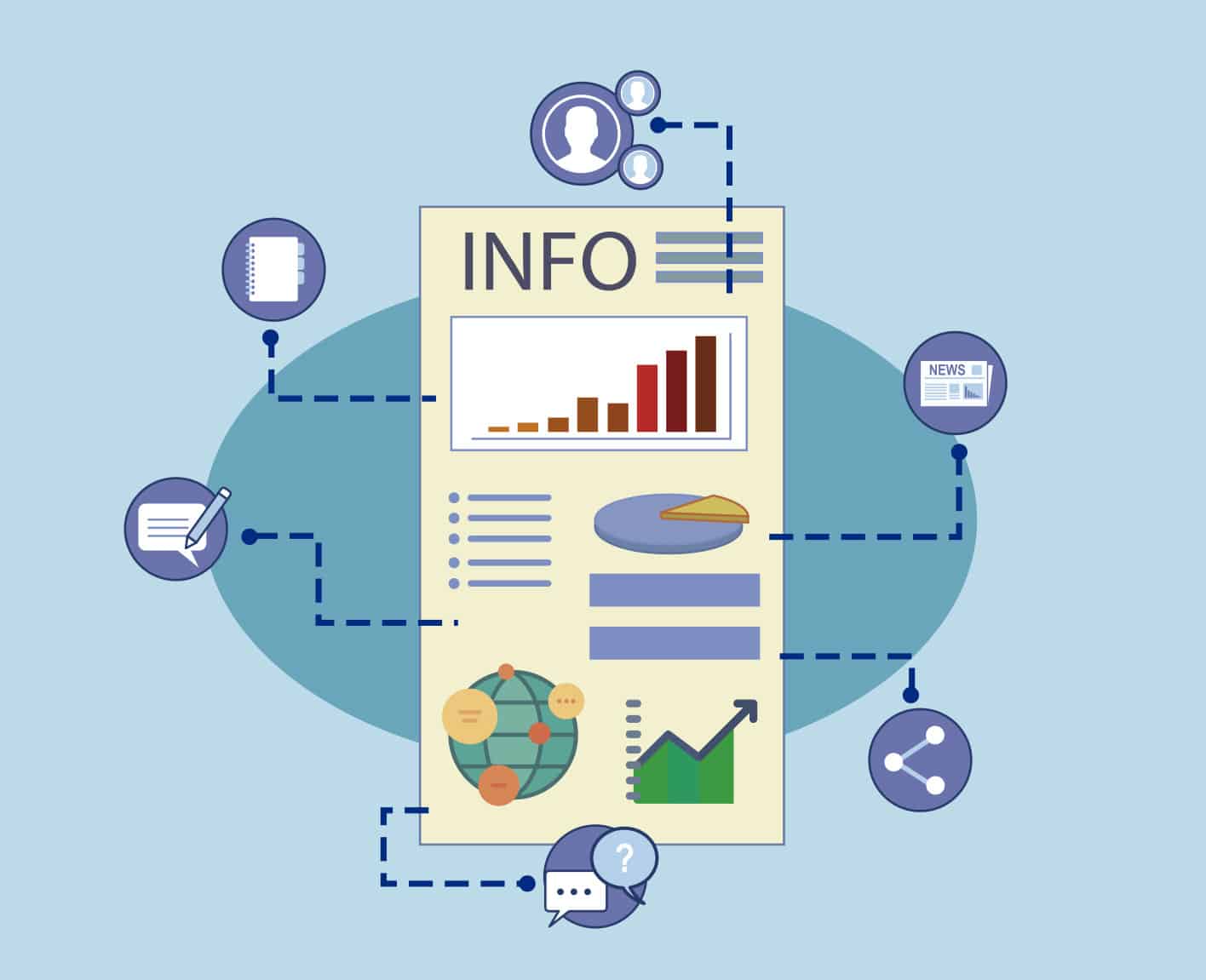
It starts with sharing your infographic.
To ensure your infographic is easily shareable, you must make sure it includes the embed code; this not only makes it simple for someone to share the infographic on their own site, but it is key to building links back to your site.
There are numerous ways to share your infographic. First, submit it to an infographic directory. Here’s a list of 88 free infographic submission directories to help you get started.
Another way to build links with infographic marketing is to publish an optimized press release that has a link that directs the reader straight back to the infographic on your site. This in itself will serve as a backlink and is good for SEO purposes. Submit the press release to as many press release sites as possible. Every time a site publishes the press release, you’ll build a backlink. Here’s a list of press release sites.
Next, share the infographic on social media. Google+, Twitter, LinkedIn, and Facebook are four you definitely want to share it on. You should also head over to Pinterest and Reddit and share the infographic as both have vast collections.
Reach out to different sites and see if you can upload the infographic as part of a guest blog post. Use the Similar Site Search tool to find sites that are in your niche and reach out to the site owners. Much of the time, you’ll be able to form a relationship where you guest post for other sites and they guest post on your site. It’s a win-win. Both parties receive free content as well as backlinks.
You’ll also want to reach out to the sources you used to create the content for the infographic and ask if they would mind sharing the final product. This is an excellent way to attract authoritative backlinks to your website. Take for example you used a lot of statistics pulled from CNBC. Reach out to this source and see if they would mind sharing your infographic. Just imagine the publicity your infographic will receive if you land a backlink from CNBC!
Types of Backlinks and How to Acquire Them
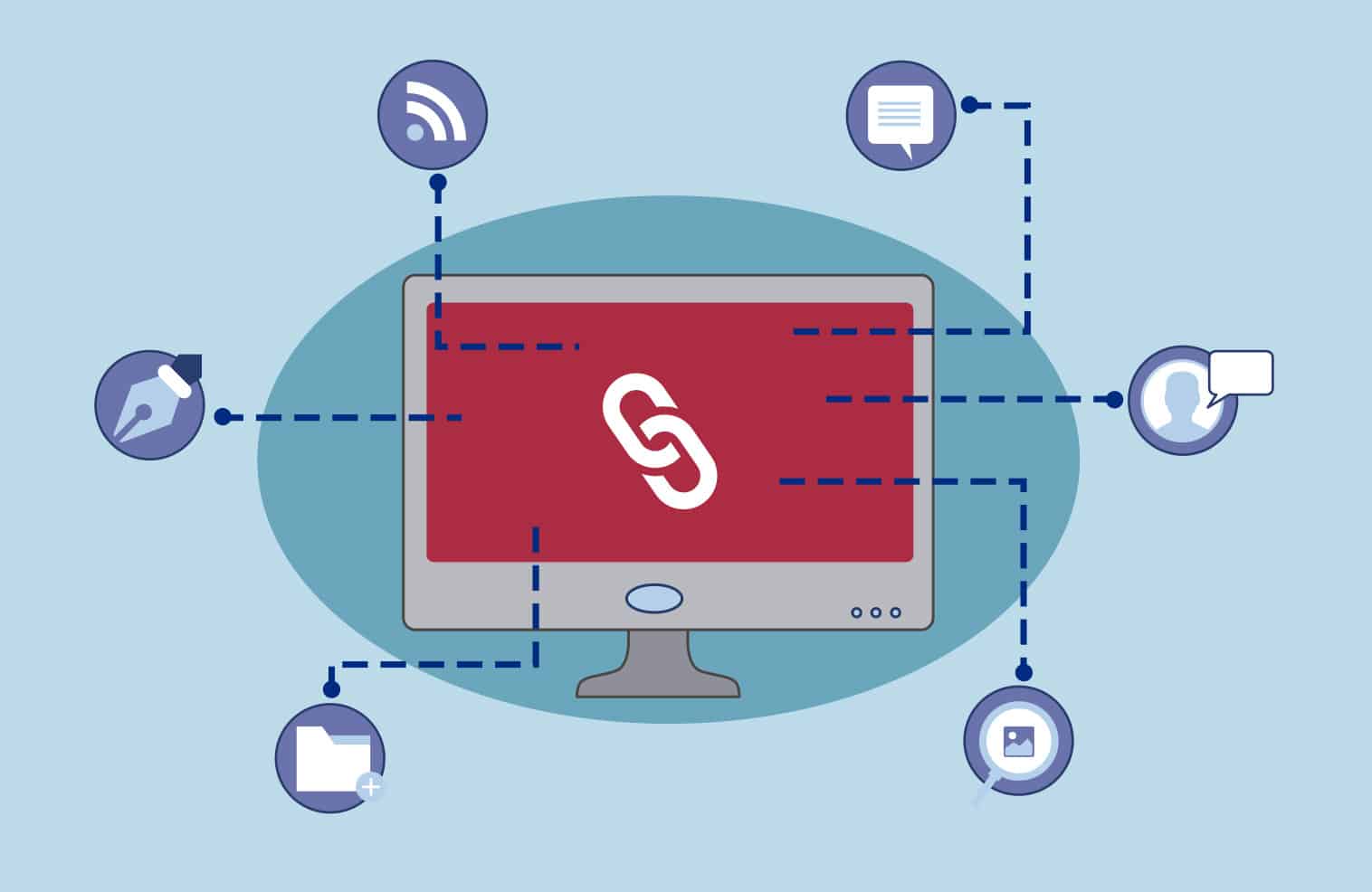
Let’s look at six types of backlinks and how to build them manually.
Directory Links
Remember when we talked about submitting your infographic to an infographic directory? When you do, you’re manually building a link back to your site. Getting directory links is very simple but tends to have little SEO value.
Editorial Links
Acquiring editorial inbound links is the type of link juice you want. It’s the type you need, too! There’s a trick to getting authoritative sites to publish your infographics. Make sure the message being shared is unique and interesting. Take for example you have a new organic makeup product that’s fixing to launch. By creating an infographic on the benefits of using organic makeup versus regular makeup, you’ll be able to attract the attention of top beauty sites.
Blog Comment Links
Research blogs that are relevant to the message you’re sharing in your infographic. Post comments on those blogs, and within your comment, include a link back to your infographic. People love reading the comments section on blog posts, and you’re sure to drive traffic to your site by manually creating backlinks through your own comments.
Forum Links
Just like the comments sections on blog posts, people love reading comments made in forums, too. Find forums that are relevant to the niche of your infographic and post your own comments and include a link back to your infographic. This will typically be “nofollow” links, but they’re still valuable for generating traffic.
Guest Blog Post Links
We already talked about doing guest blog posts. If the site you’re guest posting for doesn’t allow a direct link back to your infographic, you can always include one in your author profile on the post. This is a sneaky yet very effective way to manually create backlinks for infographics.
Google’s Image Search
Use Google’s Image Search tool to do a reverse image search on your infographic. If you find anyone using your infographic without linking back to it, politely reach out to them and ask them to include a link back to your site or remove your infographic.
The Takeaway
Here at IGW, we have a team of professional content creators and design specialists who help brands just like yours create a solid infographic backlink strategy. Contact us today to learn more about creating infographics for marketing and getting backlinks to boost the SEO value of your visual marketing efforts.



